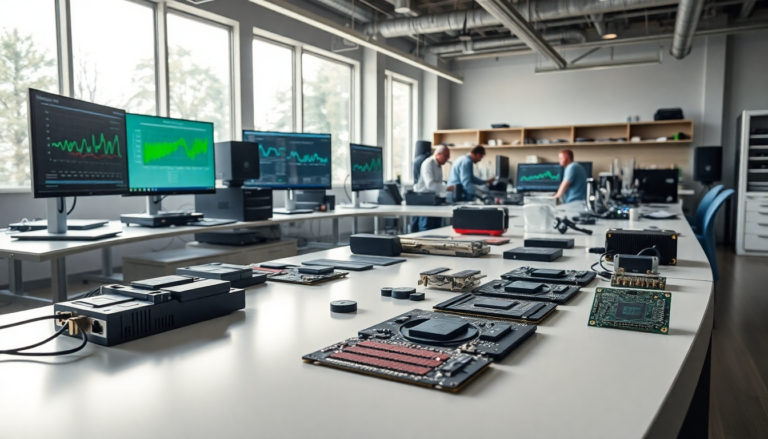Argomenti trattati
As the tech world buzzes with anticipation, Nvidia is reportedly gearing up to unveil its new Blackwell-based solutions, creating ripples of excitement and speculation among industry enthusiasts. The recent decision to pivot from the Hopper series, particularly in light of restrictions in China, signifies a strategic shift that could redefine Nvidia’s role in the competitive landscape of GPU technology. With expected prices ranging from $6,500 to $8,000, the upcoming releases could undercut previous models significantly, making them more accessible to a broader audience.
The implications of Nvidia’s new strategy
Following the recent ban on the Hopper H20 accelerators in China, Nvidia’s move to introduce the Blackwell architecture appears to be a calculated response to both market demand and regulatory pressures. The company is aiming for mass production by June, which means we should see these solutions hitting the Chinese market by the third or fourth quarter of 2025. It’s fascinating to note how politics can influence tech development; I remember when the buzz around GPU capabilities was purely about performance, not market accessibility.
The Hopper family had been a focal point for Nvidia, but the challenges posed by U.S. export policies forced Nvidia to innovate swiftly. The introduction of the H800, designed to navigate these regulatory hurdles, was a tactical move. However, the subsequent ban on the H20 forced the company to take a financial hit, writing off a staggering $5.5 billion in GPU supply. This recent turbulence has only intensified the spotlight on the Blackwell architecture.
Understanding the Blackwell architecture
The Blackwell architecture is set to debut with the RTX Pro 6000D, which is expected to be classified as a server-class GPU. Reports suggest that it will utilize traditional GDDR7 memory, a departure from the high-bandwidth memory (HBM) used in prior models. This is an interesting shift that could appeal to cost-sensitive buyers while still delivering robust performance. Furthermore, it notably avoids TSMC’s CoWoS packaging technology, hinting at a more straightforward, monolithic design.
There’s speculation about the core silicon used in the B40 GPU, with two potential paths: datacenter grade GB1XX Blackwell or consumer-grade GB2XX Blackwell. My intuition leans towards the latter, as the former seems less likely given its HBM controller limitations. If the B40 indeed utilizes GB2XX dies, it could be derived from the GB202 chip found in the RTX 5090 and RTX Pro Blackwell 6000. However, this choice would mean sacrificing NVLink support, which might raise eyebrows among high-end users looking for multi-GPU setups.
Pricing and market competition
While the B40 is projected to be priced between $6,500 and $8,000, this places it in a competitive position against other global workstation models. The original HGX H20 had the capability for an 8-GPU configuration, but the absence of NVLink in the B40 could present challenges in building a powerful multi-GPU system. This is where Nvidia’s latest RTX Pro Blackwell servers shine, utilizing up to eight RTX Pro 6000 GPUs linked through ConnectX-8 SuperNICs. The integration of PCIe 6.0 switches allows for seamless GPU-to-GPU communication, a crucial aspect for demanding applications.
As details continue to unfold, the excitement surrounding Nvidia’s Blackwell architecture grows. It’s a bit like waiting for a new season of a favorite show; you can’t help but speculate about the twists and turns that lie ahead. Will these new solutions meet market expectations? Only time will tell, but one thing is for sure: Nvidia is keenly aware of the stakes and the need to adapt.
Every change in the tech landscape evokes memories of past innovations. I recall when GPUs were primarily seen as tools for gamers, yet now they serve as vital components in AI and data processing. It’s fascinating how much the industry has evolved, and with Nvidia’s new offerings, we may be witnessing the dawn of another transformative era.

